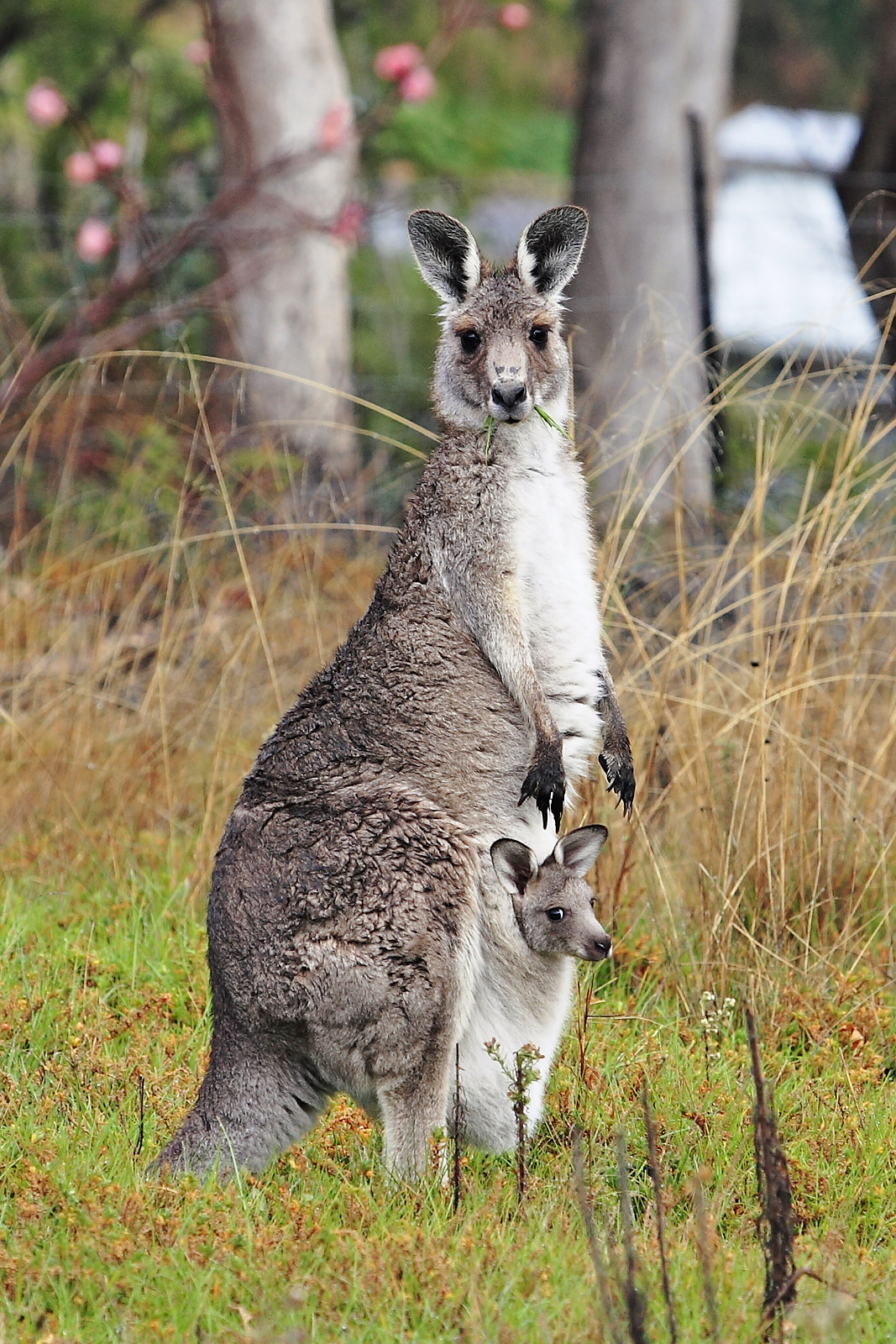As fascinating as Australia might be, the Land Down Under is not without dangers, especially when it comes to the rich fauna. When choosing to travel to Australia, be sure to consider all the continent has in store, especially poisonous or lethal animals.
 1. The Box Jellyfish
1. The Box JellyfishOne of the most extremely lethal animals in the world, and implicitly Australian, often found on the continent. Found on the coast alongside the Great Barrier Reef, the box jellyfish possesses an extremely powerful venom. The stings are terribly painful and often fatal.
Be sure to include a bottle of vinegar in your first aid kit if you’ll be traveling in areas abound with these jellyfish. Vinegar applied for 30 seconds to the sting, then removing the tentacles with a towel, will reduce the damage. But you will need to seek medical attention as soon as possible.
 2. The Taipan
2. The TaipanThe taipan is a large, fast and highly venomous snake often found throughout Australia. The taipan has the most toxic venom out of all the species worldwide, has a dark brown color and is often found in sugar fields where it hunts for rats. The snake is usually found in the far north of Australia, in Queensland, the Northern Territory and Western Australia, where the winter is mild. Taipan’s usually stay away from people but once cornered or threatened, they strike several times.
 3. Saltwater Crocodile
3. Saltwater CrocodileThe largest living member of the crocodilians and reptiles, the saltwater crocodile can grow up to 18 feet (5.45 meters) in length and is often found in Thailand, Vietnam and Northern Australia. They have been known to take on animals such an adult water buffalo and have often attacked people. It is usually well camouflaged both underwater or on dry land and strikes at an amazing speed. Its most powerful attack – the death roll – consists of grabbing its prey and rolling powerfully until it dies
 4. Blue Ring Octopus
4. Blue Ring OctopusAnother serious threat for those that wish to explore the waters of Australia is the blue-ringed octopus – one of the most toxic sea creatures in the world found off the coast of Australia, New Guinea, Indonesia, and the Philippines. Even though the octopus is only the size of a golf ball, there is no known antidote for its powerful venom. It causes motor paralysis, eventually leading to cardiac arrest. First aid treatment consists of pressure on the wound and mouth-to-mouth breathing that can last for several hours.
 5. Stone Fish
5. Stone FishKnown as the most venomous fish in the world, the stone fish lives on the bottom of the reefs, camouflaged as a rock. It lives above the Tropic of Capricorn but can be found in the Queensland Great Barrier Reef as well. It’s venom comes from the dorsal area, that is lined with 13 spines, causing shock, paralysis and tissue death depending on the severity of the sting. First aid consists of immobilizing the venom by bandaging the affected area then applying a hot compress. The pain is said to be so excruciating that it lead to amputating the affected limb.
 6. Red Back Spider
6. Red Back SpiderThis species found all over the continent is Australia’s most famous deadly spider. The red striped spider has a neurotic venom that induces severe pain, however, deaths are rare. Thousands of people are bitten but only approximately 20% of the victims require treatment. Generally, the children and the elderly are the most exposed to the spider’s threat. This is one of the few spider species that displays sexual cannibalism while mating.
 7. Brown Snake
7. Brown SnakeThere are several types of brown snakes but the Pseudonaja is the genus commonly found in Australia. Known as one of Australia’s most deadly creatures, the brown snake has a venom which quickly kills if it goes untreated. Even young snakes are capable of delivering a fatal bite to humans
 8. Tiger Snake
8. Tiger SnakeThe tiger snake is another of the many venomous snakes found Australia, particularly in the southern regions. The striped snakes are not generally aggressive and retreat whenever they have the chance. The tiger snake is known as one of the deadliest snakes in the world. Although anti-venom is readily available, mortality rates are around 45% if the bite is left untreated. In most states, the species is protected and any harming or injuring lead to a fine of up to $4,000.
 9. Great White Shark
9. Great White SharkThis exceptionally large shark known as the white death is known as world’s largest known predatory fish. They can be found in great numbers on the southern coasts of Australia and, even though they have often been depicted as fatal to humans, they do not target them as a prey. Many of the attacks we’re not fatal, the shark only performing test-biting, out of curiosity. Humans are not a good meal, considering the shark’s slow digestion compared to the human’s muscle to fat ratio.
 10. Funnel web spider
10. Funnel web spiderThe darkly colored spiders resembling tarantulas have fangs and chelicerae with ample venom glands, that can even penetrate fingernails or shoes. They can be found in the eastern coast of Australia, New South Wales, Victoria or Queensland. First aid consists of applying a bandage and wrapping the bitten limb. As with other spiders, the main treatment is the anti-venom.
source:http://blog.hotelclub.com/the-10-most-dangerous-animals-in-australia/















